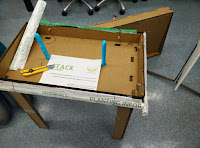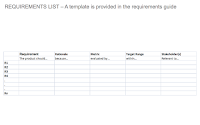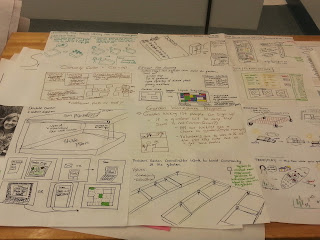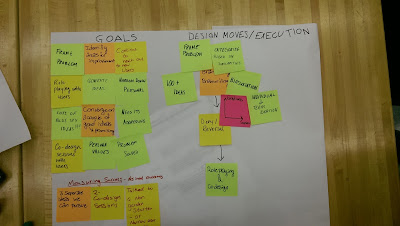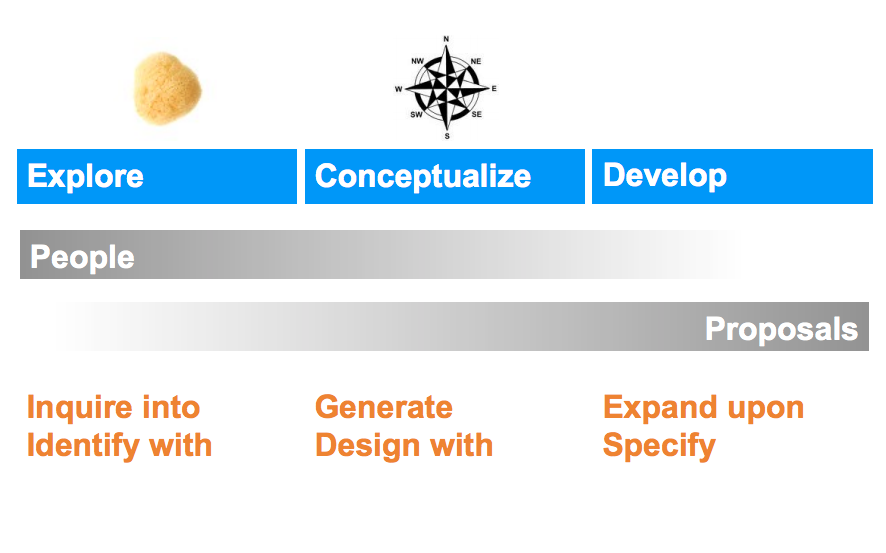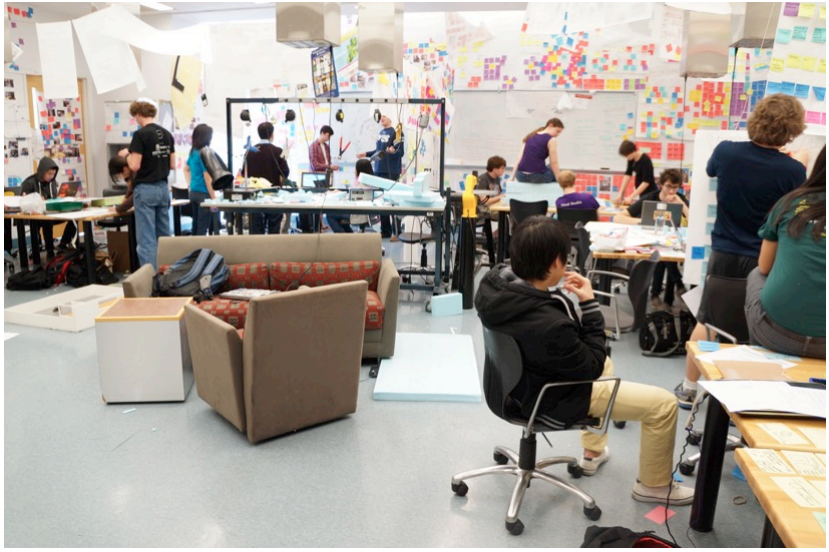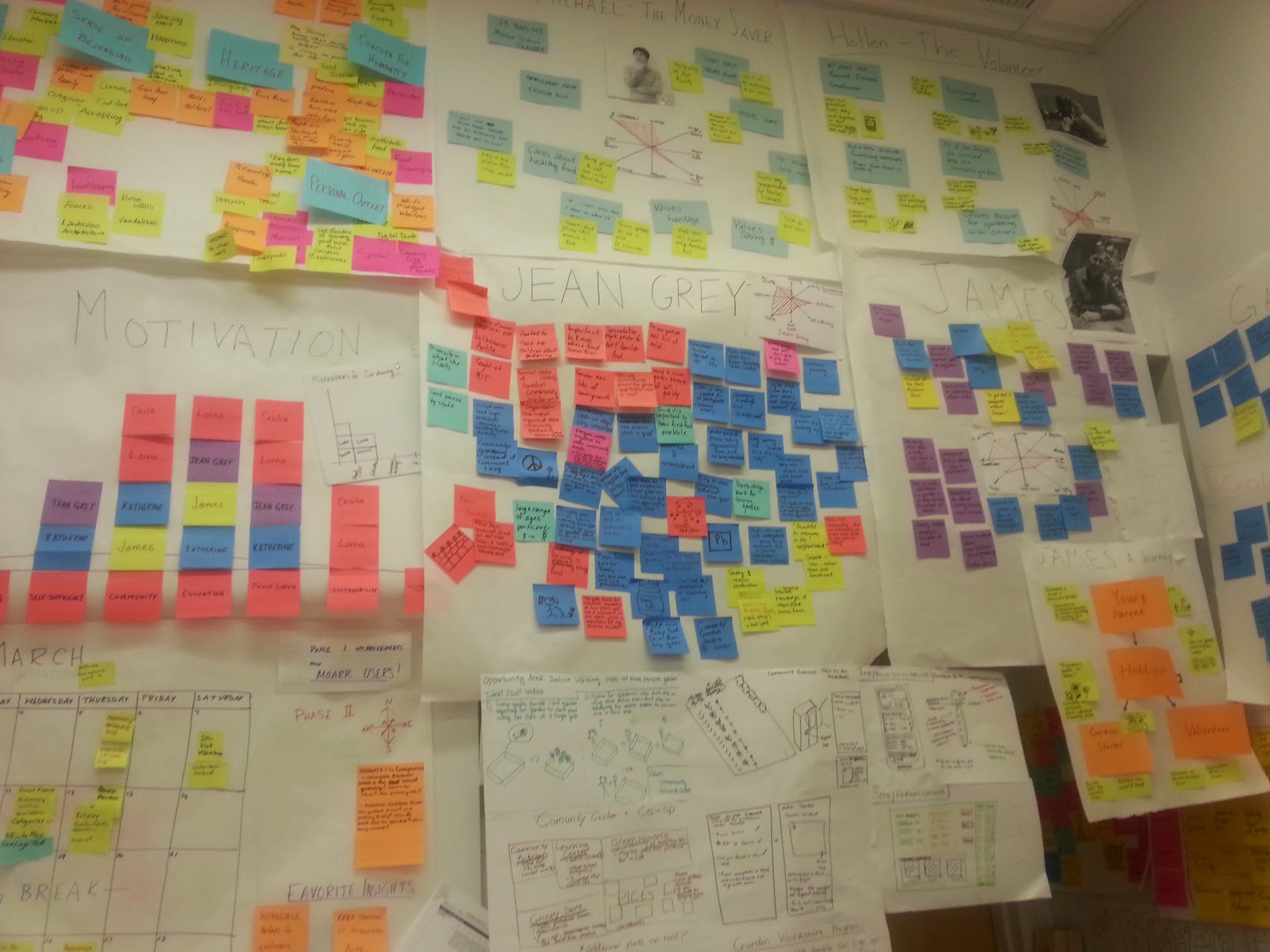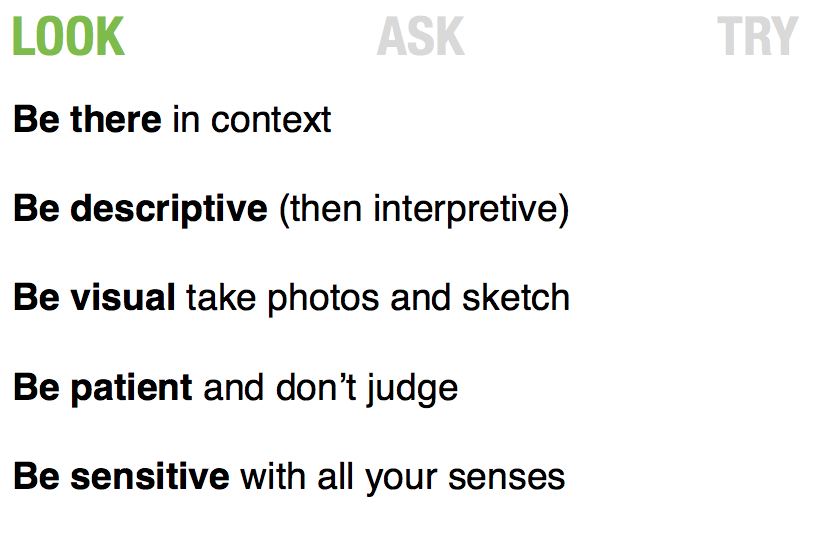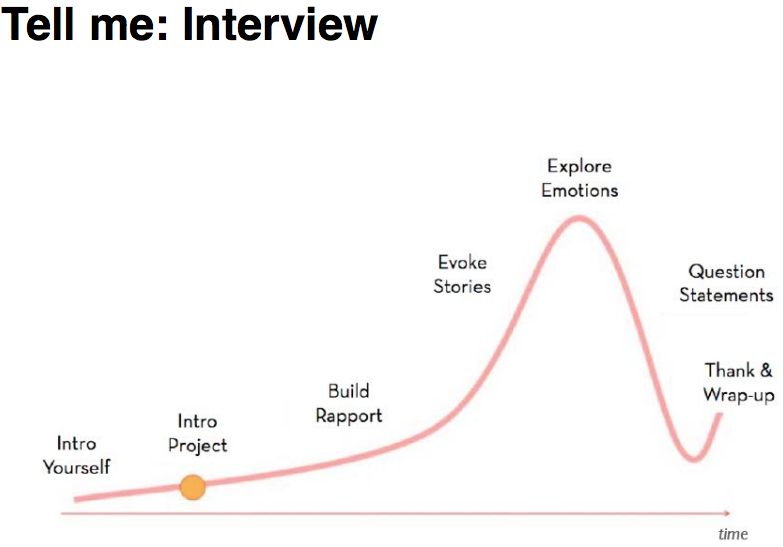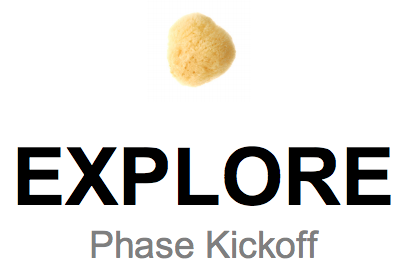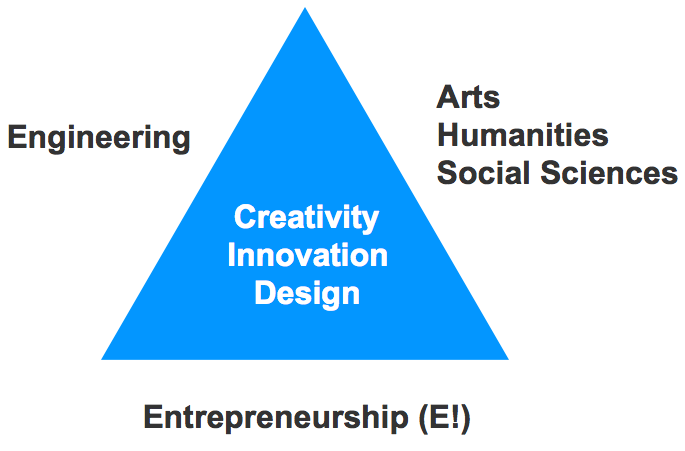Fall Study Abroad Blog
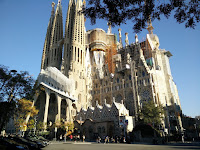
As many of you know, I have spent this Fall semester in Germany with the IES European Union program, which allows students to visit multiple European countries on topics of EU politics, economics and social policies. I have also taken several personal trips myself that have added tremendously to my experience overseas. Because of this little break in STEM activities, most of my classes are economics-focused and, hence, the lack of STEM posts. BUT I have kept an online blog of my travels: christinaholman-studyabroad.weebly.com ! Check it out.

